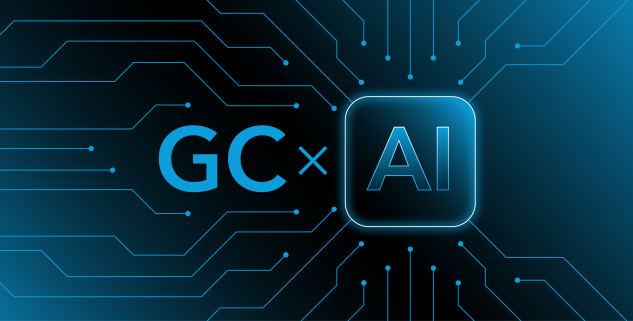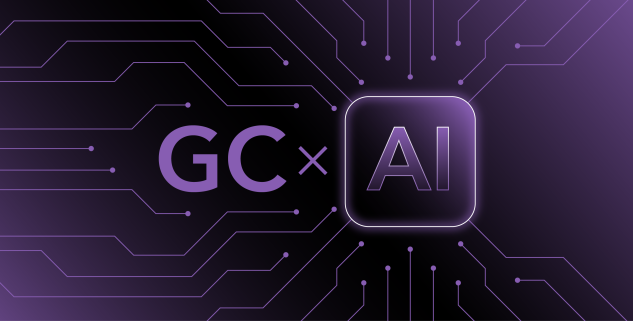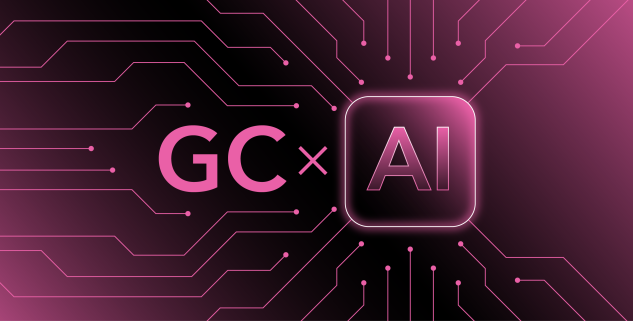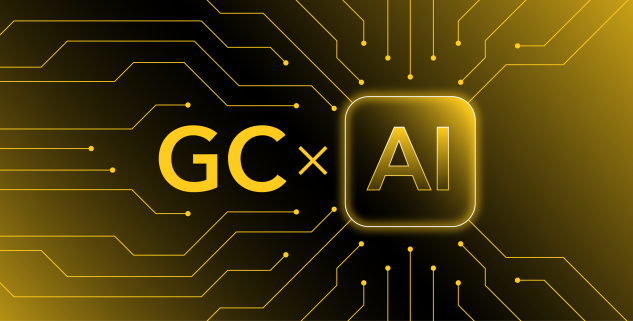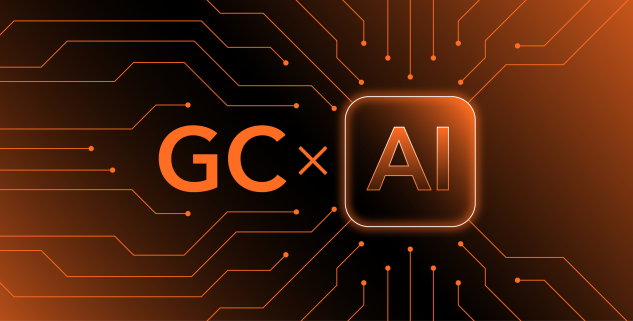As artificial intelligence reshapes the legal profession, both in-house and outside counsel face two major—but not unprecedented—challenges.
The first is how to harness transformative technology while maintaining the rigorous standards that define effective legal practice.
The second is how to ensure that new technology doesn’t impair the training and development of new lawyers.
Rigorous standards and apprenticeship are foundational aspects of lawyering. Preserving and integrating both into our use of AI will be essential to creating a stable and effective AI-enabled legal practice.
While AI tools themselves are radically new, the underlying challenge is not. Each generation of legal technology has raised the same core tension: Tools can improve efficiency, expand access to information, and change the way we do our job. But they can never relieve us of the obligation to exercise care and judgment in our work and, as mentors, to ensure the effective development of up-and-coming lawyers.
Structured Skepticism
The most critical risk to legal rigor is AI hallucinations—instances where systems confidently produce information that is simply untrue. We’ve all read about practitioners submitting fictional case citations to courts, victims not only of the technology but also of their own credulity.
Diligent validation remains the only safeguard. Every AI-generated output must be verified as thoroughly as work from a new associate or research librarian. This means implementing robust review processes about anything produced by a machine.
AI’s enormous potential is cutting edge, but the solution to its excesses is age-old. Its use must be filtered through the professional mindset that makes lawyers effective—structured skepticism.
But skepticism need not be an obstacle to innovation. Successful legal teams will channel skepticism into disciplined experimentation, testing new tools and outputs with the same rigor we apply to legal drafting.
New technology can dramatically extend lawyers’ reach and efficiency, but we can’t let it define what it means to be a lawyer.
Associates as Insight Archaeologists
If validating AI outputs is a defense against risk, the gateway to its potential is strategic input design: prompt engineering.
And this is where AI tools offer a new and distinct opportunity for junior lawyers. Leading AI strategist and author Sol Rashidi has commented that AI tools actually increase the need for collaboration. Applied to legal practice, this means new technology adoption must be coupled with an emphasis on human training and mentorship.
Both junior and senior lawyers express concerns about how AI will impact training. The risk is real. But for junior lawyers, AI also holds potential to become an axis for advancement. A new generation of lawyers is poised to combine tech fluency and intellectual creativity to position themselves as strategic thinkers who amplify both AI’s value and a legal team’s capability.
Using existing technologies, I’ve seen junior lawyers excel at extracting information from massive document reviews through skillful searching. Their comfort with information architecture, when applied to AI prompting, transforms the possibilities of the technology.
A well-crafted prompt doesn’t just retrieve information—it synthesizes across domains, identifies patterns, and generates strategic frameworks that might take experienced lawyers hours to develop manually, if at all.
This creates compelling opportunities for legal teams. A junior lawyer’s classic role as an excavator of massive document sets evolves into something more strategic: an archeologist of insight.
Using well-engineered prompts, they can unearth strategic angles that complement senior lawyers’ judgment and experience. Beyond searching for cases, they can prompt AI to analyze litigation patterns, synthesize drafting alternatives, or model strategic scenarios. This isn’t just a skill of knowing how to ask questions—it’s being able to imagine more ways that this technology can help attorneys do their jobs.
Evidence of this shift is already visible. Prompt engineering is emerging as a subject of shared advice and training—a signal that the skill is moving from speculation into practice.
Training in AI Era
For general counsel building AI-capable organizations, sophisticated prompting will soon become a sought-after skill—one that reflects a new readiness to add value and can differentiate candidates in hiring.
But just as the potential of AI tools must be coupled with careful validation processes, the empowerment that AI may bring to junior lawyers must be matched by input from and collaboration with more senior lawyers.
Thus, the work of the future-facing GC doesn’t end with adoption. It requires a team culture in which the seasoning of more experienced lawyers augments and informs the prompt engineering acumen that more junior lawyers can develop.
AI tools in the hands of rising lawyers is like giving navigators cutting-edge GPS technology. Their ability to see new paths and obstacles becomes immense—but we must still set the direction, share our experience, and offer our own hard-won experience.
It’s foundational that the lawyer’s ability to see risk is core to our skill set—even our identity. But successfully managing AI risks is about more than avoiding its pitfalls. We must both engage with the technology and each other in a culture that synthesizes innovation and collaboration.
Legal leadership in the era of artificial intelligence calls for a vision of augmented intelligence. By combining disciplined validation, engaged experimentation, and strategic mentorship, legal departments can harness AI’s potential while ensuring it is a gateway, and not an obstacle, to professional excellence and strategic value creation.
This article does not necessarily reflect the opinion of Bloomberg Industry Group, Inc., the publisher of Bloomberg Law, Bloomberg Tax, and Bloomberg Government, or its owners.
An immaterial amount of this content was drafted by generative artificial intelligence.
Author Information
Eric Dodson Greenberg is executive vice president, general counsel, and corporate secretary of Cox Media Group.
Read the Series
GCs, Look Beyond Automation. Al Will Spark Legal Team Reinvention
AI represents a fundamental transformation, requiring GCs to reimagine legal practice and their role as strategic business partners.
‘Off-Label’ AI Uses Can Expand In-House Team’s Reach Beyond Legal
AI tools can be a capacity multiplier, broadening legal teams’ reach within their businesses while drastically reducing costs.
This AI Superpower Earns a Voice at the Legal Strategy Table
Legal teams should lean on AI’s ability to see patterns in strategy that lawyers might miss, while leaving the judgment to humans.
The Modern GC Can Embrace ‘Legal R&D’ to Shed Cost Center Label
GCs should embrace “Legal R&D” as a new strategic capability accelerated by AI, and powered by legal operations.
The ‘Steampunk’ GC Can Lead the Legal AI Cultural Transformation
Open-minded GCs don’t have to be seasoned technologists to drive AI adoption—and may be especially effective at addressing resistance.
Write for Us: Author Guidelines
To contact the editors responsible for this story:
Learn more about Bloomberg Law or Log In to keep reading:
See Breaking News in Context
Bloomberg Law provides trusted coverage of current events enhanced with legal analysis.
Already a subscriber?
Log in to keep reading or access research tools and resources.


